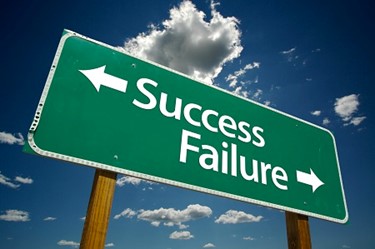3 Reasons Customer Experience Initiatives Are Failing

By Sarah Nicastro, publisher/editor in chief, Field Technologies
Follow Us

Customer experience (CX) has become a major focus for field service organizations. While it is getting a lot of attention, recent research from Gartner indicates that CX initiatives are falling short. Gartner reports that “The goal of CX is to meet and exceed customer expectations, but while 48 percent say their CX efforts exceed management’s expectations, just 22 percent of CX leaders report their CX efforts exceed customers’ expectations.”
With such a focus on CX, why are only 22 percent of respondents exceeding customers’ expectations? In the field service world, I see three common missteps that could be contributing to the failure of CX initiatives:
- Companies are missing/misunderstanding customer input. This is really two different problems. Some companies are simply failing to get input from customers – instead making assumptions about what it is their customers want and need, and then working hard to deliver on that. This is a major mistake, because the chances that your assumptions will line up with the input your customers could provide are slim to none. Take the time to gather firsthand input, it will pay off. The second issue here is companies misunderstanding customer input, or framing the collection of feedback the wrong way. Instead of asking “what could we be doing better?” you need to ask “what would an ideal experience look and feel like?” The goal is to understand your customers’ needs and desires, not just their feedback on your performance – this is an important distinction.
- Companies fail to get buy-in on the CX mission. In most organizations, leadership realizes how crucial a CX focus is – but that doesn’t mean your frontline employees do. Overlooking the need to communicate with those employees why this focus is important and what it means to them is a surefire path to failure. Remember, they are the face of your brand. Ensuring they not only understand the CX mission but are bought into delivering on it is key to a successful CX initiative.
- Companies focus on incremental change and ignore opportunities for true innovation. When you master the art of getting customer input, what you’ll uncover is both feedback on how you could be doing what you’re doing better – as well as things your customers want or need that you’re not doing at all. I think it’s all too easy for a company to view the latter as irrelevant because it isn’t in the realm of their current offerings or capabilities. In this, companies get stuck with their CX initiatives in a state of incremental change versus true innovation. Take that feedback on your performance and make those incremental changes to do better, but don’t ignore the opportunity for true innovation by thinking outside-the-box about how your company could evolve or transform to deliver on some of your customers’ wants and needs that you can’t currently address.
Gartner introduced its Gartner CX Pyramid, which is “a framework to understand what separates the most powerful customer experiences from the rest. Each level, from bottom to top, defines an incrementally stronger way to forge relationships between an organization’s brand and their customers based on the way CX leaders listen for, understand, act on and solve customer needs.”
The pyramid, which you can find more information on here, helps to “identify the most powerful CX based on criteria including: (a) how the experiences are triggered, (b) the amount of effort required of the customer, (c) the completeness of the solution, and (d) the emotion and change in perception created by the experience.” The CX pyramid reveals five key stages: Communication Level, Responsive Level, Commitment Level, Proactive Level, and Evolution Level. In addition to thinking through whether your company is making any of the missteps outlined above, this would be a great tool to look at and use to evaluate where you can improve on your CX initiative.
